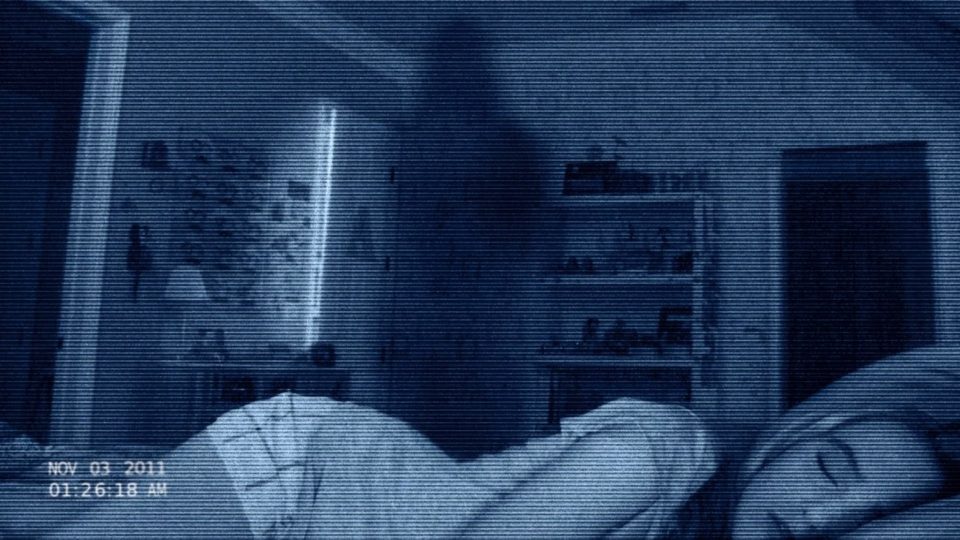Double Feature Fridays: The Unknown
‘The Blair Witch Project’ and ‘Picnic At Hanging Rock’ are both haunted by an evil unseen
There’s a thrill in the air. I would say chill, but I’m writing this from Mumbai. As the city gears up to celebrate Halloween, costumes are being prepared for darkly-lit parties, and movie marathons being planned. Cinemas and streaming services are seeing a sudden surge in the supernatural. Even self-proclaimed scaredy-cats are looking forward to partake in all things spooky. And what could be spookier than the unknown?
Most horror films grapple with the fear of the unknown. For example, the trope of darkness. Are we afraid of the dark, or the things that might be lurking in it? It applies to other subgenres too, like the slasher flick. Is Mike Myers from Halloween scary because of the Star Trek mask? Or is he scary because his true face remains hidden? He’d be just as deadly without the mask, but not being able to hear his thoughts or interpret his expressions adds a terrifying dimension to the character. This phenomenon isn’t restricted to horror. David Fincher’s Zodiac is a three-hour film about the hunt for a serial killer who’s never found. It spans decades, and gives you no closure.

A still from Halloween (1978)
Not knowing what’s stalking you is somehow far worse than facing it. Your imagination is allowed to run wild, to draw from your worst experiences and deepest fears. Many a franchise have spelt their own doom by revealing too much. Saw 2 took an unnerving villain and revealed him to be a dying old cancer patient. He’s still smart and dangerous, but he doesn’t send a chill down your spine anymore. It’s like finding how a magic trick is performed.
The ”˜unseen evil’ has successfully been used in films like The Shining, Paranormal Activity, Oculus, etc. Stories that get under your skin and refuse to leave. In honour of Halloween, this Double Feature Friday examines two flicks that never let you see, or even understand, their supernatural antagonist. Full spoilers ahead!
The Blair Witch Project (1999)

“I’m afraid to close my eyes, I’m afraid to open them.”
You might be sick of found-footage films by now, but it’s important to tip your hat to the genre’s Big Daddy… The Blair Witch Project. Three students head out into the Maryland woods to make a documentary about a legendary witch. They go missing, and the videos from their fuzzy handheld cameras are cut into a film.
In 1999, Blair Witch was a marketing phenomenon because the director played the real-life disappearance angle. The cast was not invited to screenings, and were listed as deceased online. It’s considered the first film to gain popularity through internet word-of-mouth. The actors’ families would get condolence calls from concerned viewers. Even today, there are some who insist on believing it’s non-fiction. This added to the mysterious aura, and a film whose total production cost was just 300,000 dollars ended up earning 250 million dollars worldwide. This kind of success was later replicated by the first Paranormal Activity film, which used similar techniques.

Heather Donahue in The Blair Witch Project
Viewing it now, almost two decades later, some flaws do come to light. It’s rough around the edges, and has lost some novelty due to endless imitations and over-saturation of found-footage. However, Blair Witch is still a very potent ghost story, primarily because the ghost never makes an appearance. The students interview locals with differing opinions on the myth. They argue, get creeped out by strange noises and occult symbols, get lost in the woods and have nervous breakdowns. But is something really out to get them? It’s a masterclass in mounting anxiety, and the amateur camerawork and improvised dialogue actually helps the realism. It’s a bare-bones psychological thriller, which makes the audience alternate between “Am I crazy for waiting to spot a witch?” and “I bet she’s just around the corner.”
Picnic At Hanging Rock (1975)
“What we see and what we seem, are but a dream – a dream within a dream.”
Peter Weir’s Australian new wave classic, Picnic At Hanging Rock, isn’t a horror movie. Or maybe it is, and does a great job of fooling you into thinking it’s a picturesque drama. It’s adapted from Joan Lindsay’s 1967 novel, which was framed as a true story. Set in a prestigious girls’ boarding school in 1900, the students are taken on a picnic to Hanging Rock, a real geological formation that used to be a volcano. A teacher and four girls disappear… and only one girl is ever found, but she’s scattered, with no memory of what happened. Picnic At Hanging Rock fully embraces it’s ambiguity. Were they kidnapped by men? Swallowed whole by the rock? It refuses to hint at what happened, and doesn’t give you options to choose from. It just shows you the emotional aftermath, the confusion. Instead of unravelling the mystery, it rests its eye on the joys and complications of girlhood, repressed sexual desires, and the pressures of patriarchal Victorian society.

The girls of Hanging Rock
Hanging Rock’s most commendable feat is its focus on building a gentle, dream-like atmosphere. The girls have an ethereal vibe to them. Scenes of them laughing, playing together, or talking are accompanied by hypnotic natural splendour and memorable melodies. This tranquillity is further enhanced by a trick: the camera was draped in thin bridal-veil fabric, making the girls appear as if they’re glowing. Weir wanted the visuals to have an impressionistic feel, and even within the film a character is described as being “from a Botticelli painting.” That’s what makes Picnic unnerving… it’s like a pretty painting that holds inaccessible secrets. Ever since its release, the story has bred both fascination and fear. Even today, there are viewers obsessing over different theories. But in the end, Hanging Rock remains silent and still, looming over the Australian outback.





